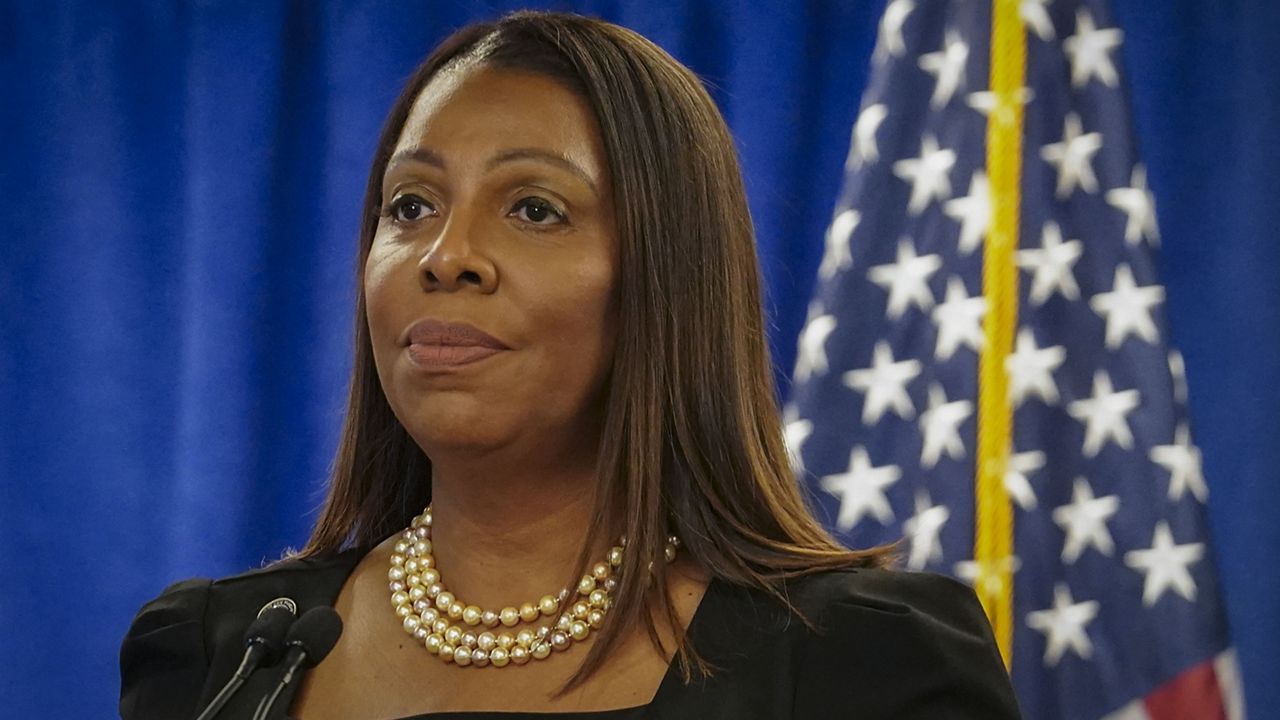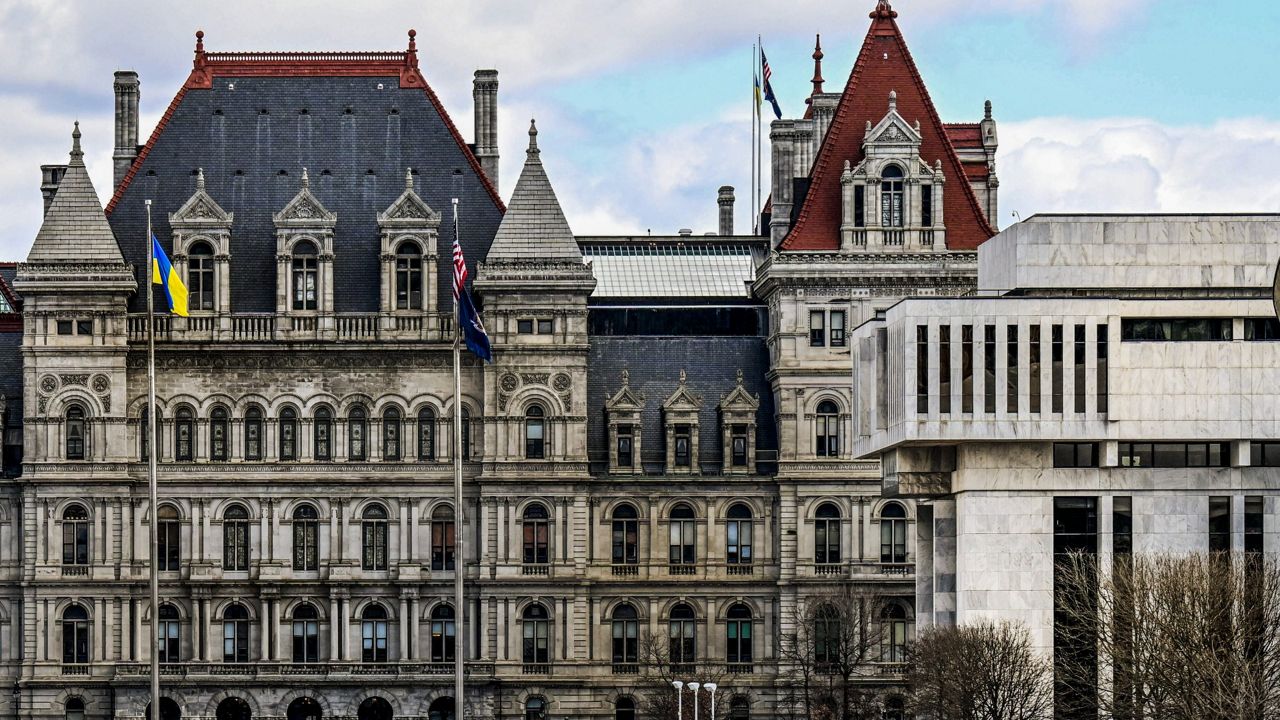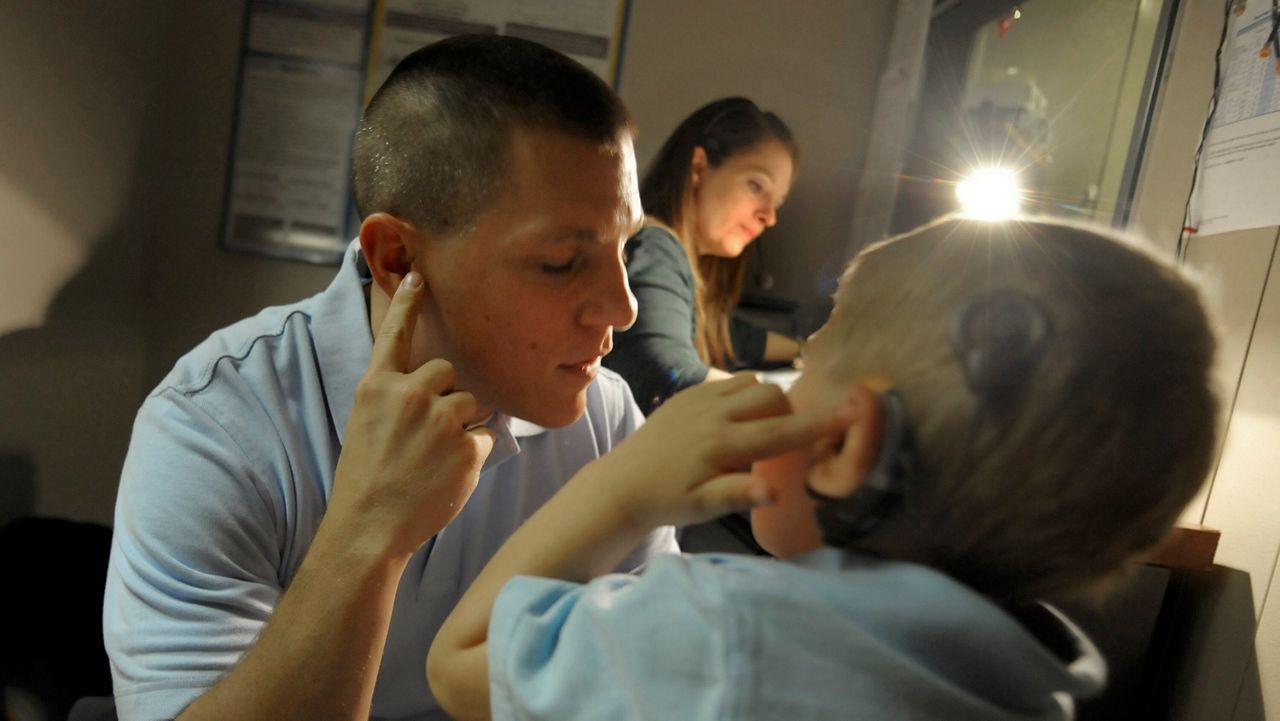Officials with the state Health Department support ending an administrative requirement for experienced physicians assistants in New York to strengthen the health workforce after Gov. Kathy Hochul proposed making an early COVID-19 pandemic rule permanent in her executive budget.
Former Gov. Andrew Cuomo declared an executive order in March 2020 that waived a state rule requiring a PA to practice primary care medicine under the supervision of a physician or doctor under certain circumstances. Hochul extended the waiver under her administration, but the governor is proposing to change state education law to end the requirement for New York PAs for good with the backing of state health leaders.
"One lesson learned from the pandemic is that we need a health licensure system that is flexible and can evolve as the practice of medicine changes," Health Department spokeswoman Monica Pomeroy said in a statement Friday. "The Fiscal Year 2024 Executive Budget includes provisions that would do just that.”
A PA must be employed by a health system or hospital and must have practiced for more than 8,000 hours — or about four years — in primary care or non-surgical general medicine to provide treatment without oversight by a doctor.
PAs must still practice medicine under the continuous supervision of one or several licensed physicians, but a doctor is only designated responsible and not required to be physically present when PAs perform medical services, including diagnosing, treating, operating or prescribing for any human disease, pain, injury, deformity or physical condition, according to state law.
"As with the prior executive order, the aim of this proposal is to allow certain, experienced PAs to exercise at the top of their professional license and continue to address patient health care needs," according to DOH.
Physicians assistants are celebrating Hochul's proposal to change the supervisory requirement.
Patti Cuartas, president of the New York State Society of Physician Assistants, says the change would remove burdens off overwhelmed physicians, and PAs' state licenses qualify them to responsibly care for patients.
"We're all basically trained in the medical model, ready to take on whatever job or specialty is either needed or is attractive to the PA," Cuartas said Friday.
Cuartas stressed the proposed change would most importantly expand care in rural and underserved areas that struggle to have or retain health care access.
"As PAs, we're dedicated to expanding access for patients," she said. "That's our training — is that patients come first."
Physicians are required to complete four years of medical school and medical residency for three to seven years with 10,000 to 16,000 hours of training, according to the American Medical Association, compared to fewer than three years of medical school and no residency for PAs, who typically practice with 2,000 hours of clinical training.
Physicians argue their stark difference in education, training and experience is not comparable to a PA, and transitioning to more unsupervised dependence on them will not provide the best quality care for New York patients.
"The complexity, not only complexity, but the speed with which this medical science is progressing is not possible for anyone to grasp in two years, or 2,000 hours or even 8,000 hours," said Dr. Parag Mehta, president of the Medical Society of the State of New York.
Mehta cited American Medical Association data that show patients are 15% more likely to receive an antibiotic from a practicing non-physician, and increased instances of opioid use.
Non-physicians also order more than 440% more X-rays and twice the number of biopsies for skin care, according to the AMA.
"There's increased utilization... not only of the services of imaging, antibiotics and opioids, but it also increases the referral [to other providers], which in reality, delays the diagnosis and increased anxiety on the patient's part," Mehta said. "If we can continue to understand the optimal team and everyone has their own role, that will be the perfect way of moving forward rather than just giving somebody increased scope of practice and hurting your patient."
Hochul's proposal would modernize the scope of practice for health providers and continue new flexibilities health workers benefitted from throughout the pandemic, according to DOH. The past executive orders lifting the administrative rule for PAs allowed health professionals to be flexible and rapidly respond to patient needs throughout the pandemic, according to the department.
“In seeking creative solutions during the COVID-19 response, executive orders issued by the governor suspended laws that limited our ability to respond effectively, changes that included permitting physician assistants to provide care without the oversight of a supervising physician, allowing pharmacists to administer an expanded roster of vaccines and enabling nurses and other licensed health providers from other states to support our frontlines efforts," Pomeroy said.
Data from the American Medical Association shows that fewer than 10% of PAs and nurse practitioners work in rural or underserved areas. Physicians say that means the proposed administrative change for PAs won't push more health workers to live or work in those locations and not have its intended impact on the workforce.
Meanwhile, Primary Care Development Corporation data shows 47% of nurse practitioners and 40% of PAs practice medicine in Health Professional Shortage Areas compared to 36% of physicians.
DOH reports 29,453 licensed PAs statewide.
A physician assistant in New York is authorized to prescribe, dispense, order or administer items to complete a patient's therapy, including prescribing medications or controlled substances, according to state law.
State law prohibits physicians from employing or supervising more than four PAs in his or her private practice at a time. That limit of four PAs includes if one or more are out on extended or medical leave, which Cuartas said adds an additional barrier for expanding care and the state's health workforce.










